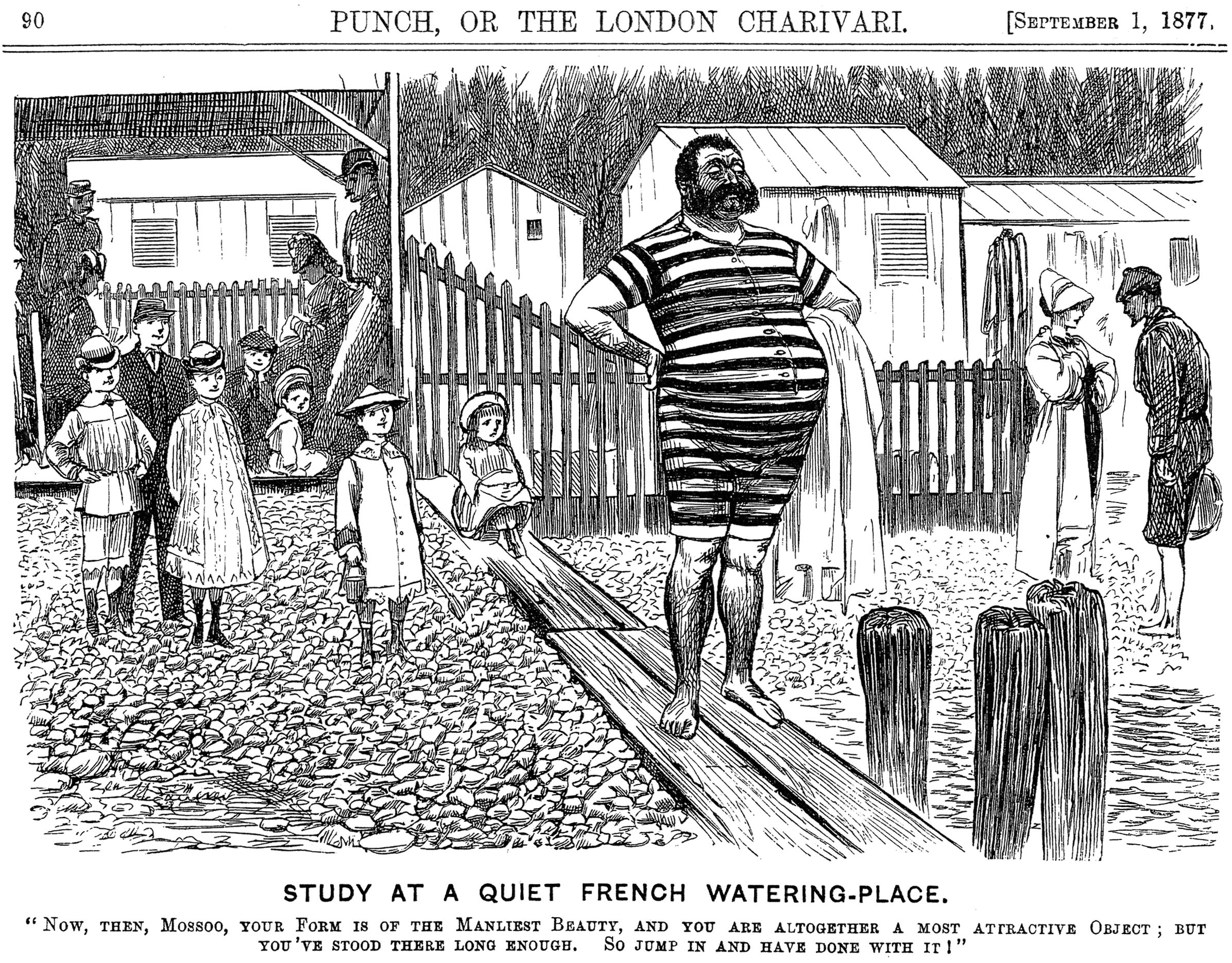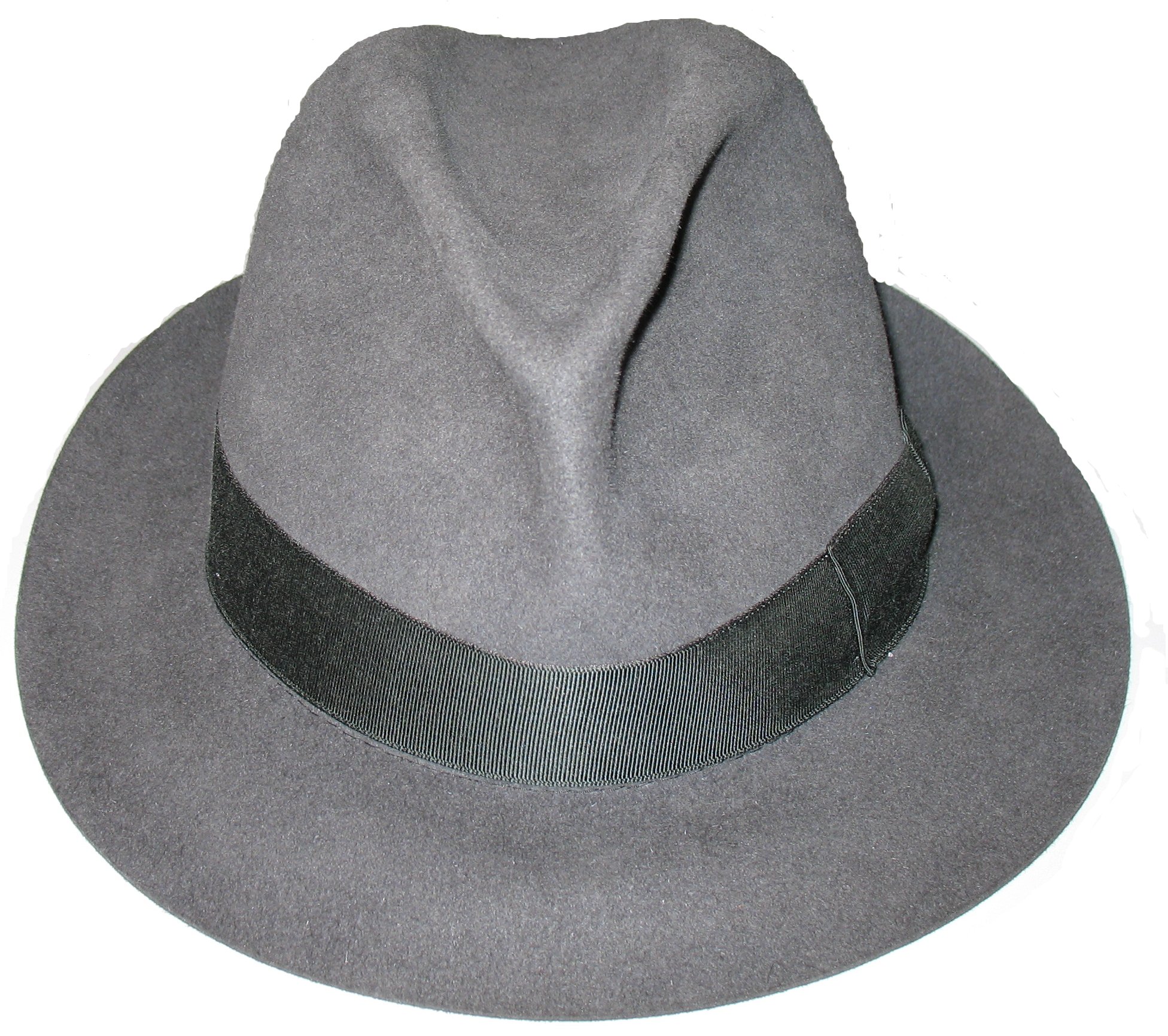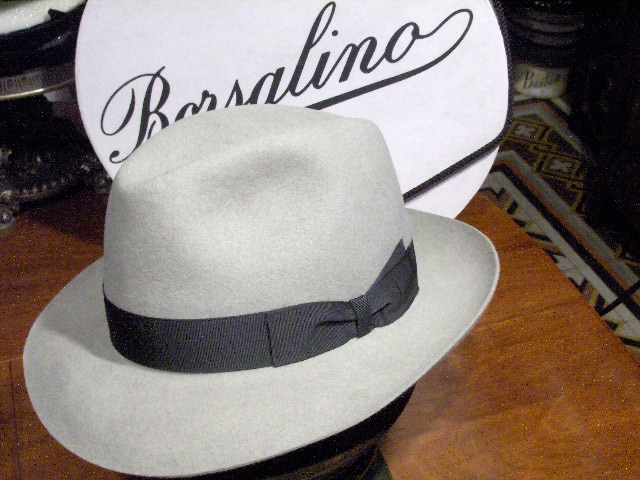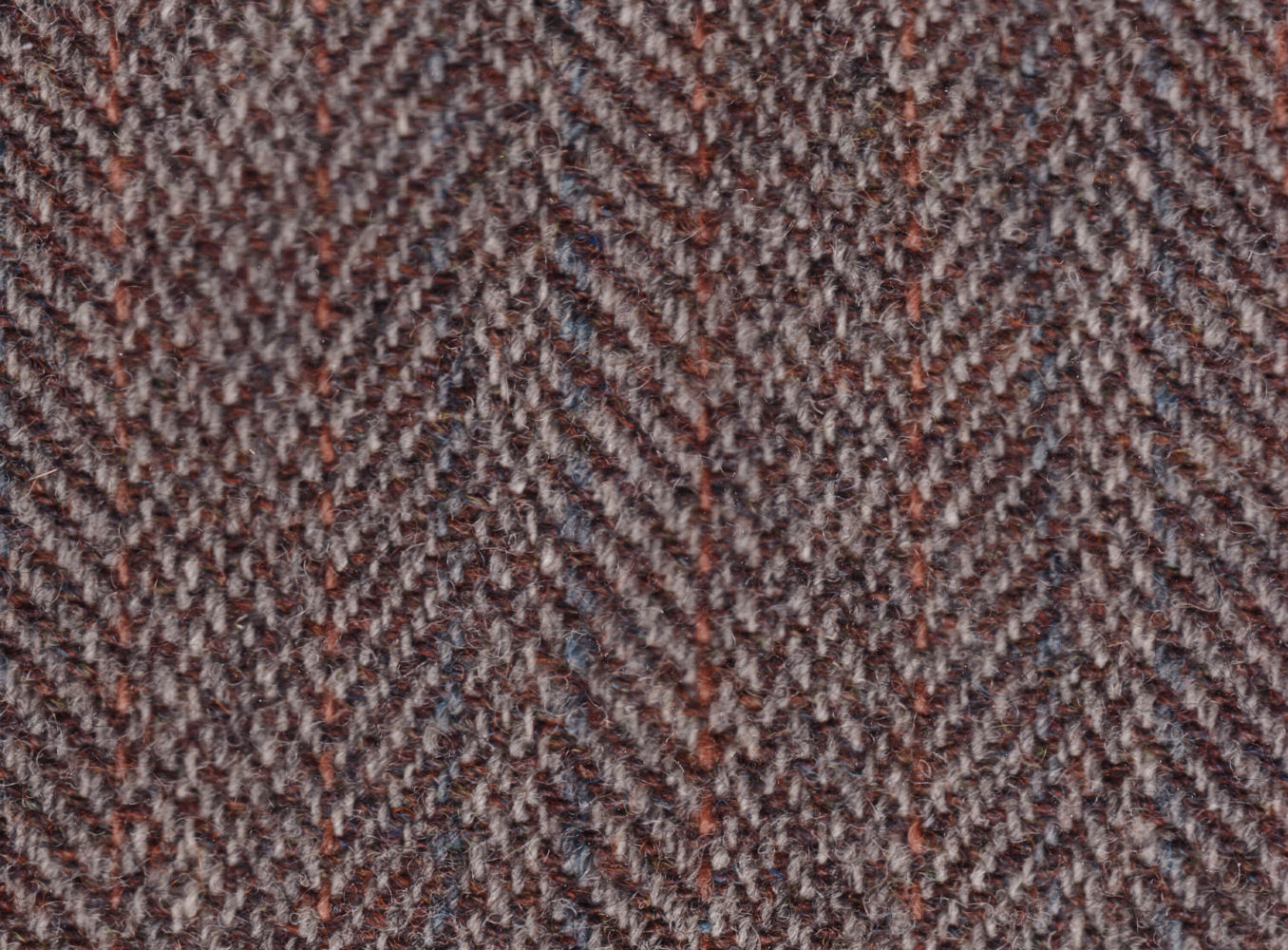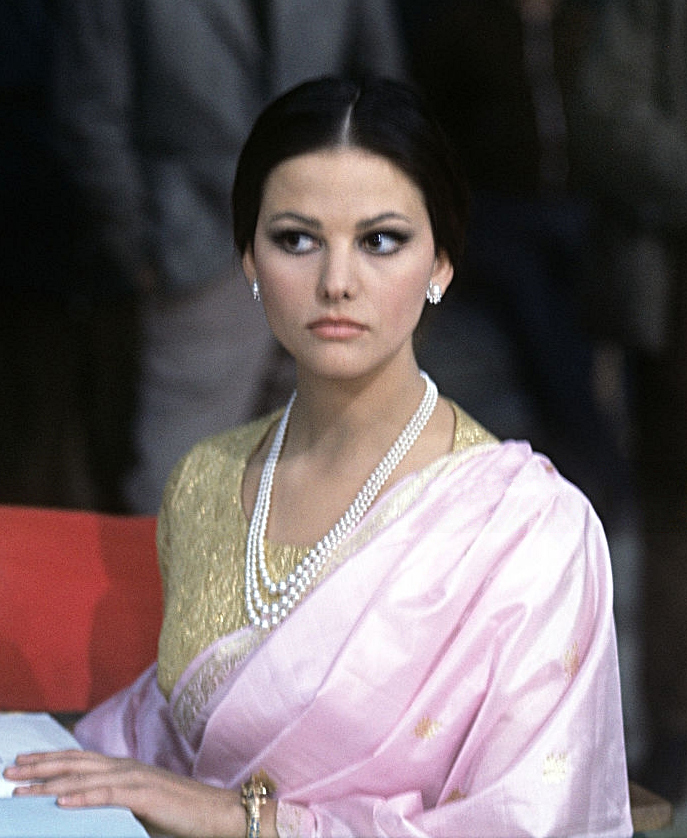|
Trilby
A trilby is a narrow-brimmed type of hat. The trilby was once viewed as the rich man's favored hat; it is sometimes called the "brown trilby" in Britain Roetzel, Bernhard (1999). ''Gentleman's Guide to Grooming and Style''. Barnes & Noble. and was frequently seen at the horse races. The traditional London hat company Lock and Co. describes the trilby as having a "shorter brim which is angled down at the front and slightly turned up at the back" compared to the fedora's "wider brim which is more level". The trilby also has a slightly shorter crown than a typical fedora design. History The hat's name derives from the stage adaptation of George du Maurier's 1894 novel ''Trilby''. A hat of this style was worn in the first London production of the play, and promptly came to be called "a ''Trilby'' hat". Its shape somewhat resembles the Tyrolean hat. Traditionally it was made from rabbit hair felt, but now is usually made from other materials, such as tweed, straw, heavyweigh ... [...More Info...] [...Related Items...] OR: [Wikipedia] [Google] [Baidu] |
Trilby (novel)
''Trilby'' is a novel by George du Maurier and one of the most popular novels of its time. Published serially in ''Harper's Monthly'' from January to August 1894, it was published in book form on 8 September 1895 and sold 200,000 copies in the United States alone. ''Trilby'' is set in the 1850s in an idyllic bohemian Paris. Though ''Trilby'' features the stories of two English artists and a Scottish artist, one of the most memorable characters is Svengali, a rogue, masterful musician and hypnotist. Trilby O'Ferrall, the novel's heroine, is a half-Irish girl working in Paris as an artist's model and laundress; all the men in the novel are in love with her. The relationship between Trilby and Svengali forms only a small, though crucial, portion of the novel, which is mainly an evocation of a ''milieu''. Lucy Sante wrote that the novel had a "decisive influence on the stereotypical notion of bohemia" and that it "affected the habits of American youth, particularly young wo ... [...More Info...] [...Related Items...] OR: [Wikipedia] [Google] [Baidu] |
Trilby (play)
''Trilby'' is a stage play by Paul M. Potter based on the 1894 novel '' Trilby'' by George du Maurier. In the play, a young Irish woman, Trilby O'Ferrall, falls under the control of Svengali, who uses hypnosis to make her abandon her fiancé and become a singer. The play debuted in Boston, Massachusetts in March 1895, where the role of Svengali was created by American actor Wilton Lackaye at the Park Theatre. It was a success in England as directed, produced by and starring Herbert Beerbohm Tree as Svengali, with Dorothea Baird in the title role, opening at the Haymarket Theatre in October 1895. Background While touring the United States in the Spring of 1895 Tree heard of the success of an adaptation of du Maurier's novel by Paul M. Potter being performed by the company of theatrical manager Albert Marshall Palmer at the Boston Museum. He sent his half-brother and agent Max Beerbohm to see the play and report back on it. Max Beerbohm stated that the play was "ab ... [...More Info...] [...Related Items...] OR: [Wikipedia] [Google] [Baidu] |
George Du Maurier
George Louis Palmella Busson du Maurier (6 March 1834 – 8 October 1896) was a Franco-British cartoonist and writer known for work in ''Punch'' and a Gothic novel ''Trilby'', featuring the character Svengali. His son was the actor Sir Gerald du Maurier. The writers Angela du Maurier and Dame Daphne du Maurier and the artist Jeanne du Maurier were all granddaughters of George. He was also father of Sylvia Llewelyn Davies and grandfather of the five boys who inspired J. M. Barrie's ''Peter Pan''. Early life George du Maurier was born in Paris, France, son of Louis-Mathurin Busson du Maurier and wife Ellen Clarke, daughter of the Regency courtesan Mary Anne Clarke. He was brought up to believe his aristocratic grandparents had fled from France during the Revolution, leaving vast estates behind, to live in England as émigrés. In fact, du Maurier's grandfather, Robert-Mathurin Busson, was a tradesman who left Paris, France, in 1789 to avoid charges of fraud and later changed th ... [...More Info...] [...Related Items...] OR: [Wikipedia] [Google] [Baidu] |
Fedora
A fedora () is a hat with a soft brim and indented crown.Kilgour, Ruth Edwards (1958). ''A Pageant of Hats Ancient and Modern''. R. M. McBride Company. It is typically creased lengthwise down the crown and "pinched" near the front on both sides. Fedoras can also be creased with teardrop crowns, diamond crowns, center dents, and others, and the positioning of pinches can vary. The typical crown height is . The term ''fedora'' was in use as early as 1891. Its popularity soared, and eventually it eclipsed the similar-looking homburg. The fedora hat's brim is usually around wide, but can be wider, can be left raw-edged (left as cut), finished with a sewn overwelt or underwelt, or bound with a trim-ribbon. ''Stitched edge'' means that there is one or more rows of stitching radiating inward toward the crown. The Cavanagh edge is a welted edge with invisible stitching to hold it in place and is a very expensive treatment that can no longer be performed by modern hat factories. [...More Info...] [...Related Items...] OR: [Wikipedia] [Google] [Baidu] |
Fedora
A fedora () is a hat with a soft brim and indented crown.Kilgour, Ruth Edwards (1958). ''A Pageant of Hats Ancient and Modern''. R. M. McBride Company. It is typically creased lengthwise down the crown and "pinched" near the front on both sides. Fedoras can also be creased with teardrop crowns, diamond crowns, center dents, and others, and the positioning of pinches can vary. The typical crown height is . The term ''fedora'' was in use as early as 1891. Its popularity soared, and eventually it eclipsed the similar-looking homburg. The fedora hat's brim is usually around wide, but can be wider, can be left raw-edged (left as cut), finished with a sewn overwelt or underwelt, or bound with a trim-ribbon. ''Stitched edge'' means that there is one or more rows of stitching radiating inward toward the crown. The Cavanagh edge is a welted edge with invisible stitching to hold it in place and is a very expensive treatment that can no longer be performed by modern hat factories. [...More Info...] [...Related Items...] OR: [Wikipedia] [Google] [Baidu] |
Tweed
Tweed is a rough, woollen fabric, of a soft, open, flexible texture, resembling cheviot or homespun, but more closely woven. It is usually woven with a plain weave, twill or herringbone structure. Colour effects in the yarn may be obtained by mixing dyed wool before it is spun. Tweeds are an icon of traditional Scottish, Irish, Welsh and English clothing, being desirable for informal outerwear, due to the material being moisture-resistant and durable. Tweeds are made to withstand harsh climates and are commonly worn for outdoor activities such as shooting and hunting, in England, Wales, Ireland and Scotland. In Ireland, tweed manufacturing is now most associated with County Donegal but originally covered the whole country. In Scotland, tweed manufacturing is most associated with the Isle of Harris in the Hebrides. Etymology The original name of the cloth was ''tweel'', Scots for twill, the material being woven in a twilled rather than a plain pattern. A traditional stor ... [...More Info...] [...Related Items...] OR: [Wikipedia] [Google] [Baidu] |
Herbert Johnson (hatters)
Herbert Johnson is a London firm of hatters and cap makers. Founded in 1889 at 45 New Bond Street, the business was bought by the London firm of Swaine Adeney Brigg in 1996. History The firm takes its name from Herbert Lewis Johnson, born in the parish of Westminster St James, in 1856, the son of William Johnson, a hatter from Newcastle upon Tyne who had moved to London, where he worked for the hat manufacturers Lincoln, Bennett & Co. of Piccadilly. Herbert was apprenticed to Lincoln, Bennett & Co. in 1872. When his father died in 1889 he left £500 to Herbert, who likely put the money towards the setting up of his own hat shop that same year at 45 New Bond Street. This was achieved with financial backing and practical help from Edward John Glazier (1864–1939). Herbert Johnson moved to 38 New Bond Street in 1895, where the firm traded until 1975. When Herbert retired in 1928 aged 72, he sold his interest to Edward Glazier, who turned the firm into a private limited company in ... [...More Info...] [...Related Items...] OR: [Wikipedia] [Google] [Baidu] |
Blake Edwards
Blake Edwards (born William Blake Crump; July 26, 1922 – December 15, 2010) was an American film director, producer, screenwriter and actor. Edwards began his career in the 1940s as an actor, but he soon began writing screenplays and radio scripts before turning to producing and directing in television and films. His best-known films include ''Breakfast at Tiffany's (film), Breakfast at Tiffany's'' (1961), ''Days of Wine and Roses (film), Days of Wine and Roses'' (1962), ''The Great Race'' (1965), ''10 (film), 10'' (1979), ''Victor/Victoria'' (1982), and the hugely successful The Pink Panther, Pink Panther film series with British actor Peter Sellers. Often thought of as primarily a director of comedies, he also directed several drama, musical, and detective films. Late in his career, he took up writing, producing and directing for theater. In 2004, he received an Honorary Academy Award in recognition of his writing, directing and producing an extraordinary body of work for t ... [...More Info...] [...Related Items...] OR: [Wikipedia] [Google] [Baidu] |
A Shot In The Dark (1964 Film)
''A Shot in the Dark'' is a 1964 comedy film directed by Blake Edwards in Panavision. It is the second installment in ''The Pink Panther'' film series, with Peter Sellers reprising his role as Inspector Jacques Clouseau of the French Sûreté. Clouseau's blundering personality is unchanged, but it was in this film that Sellers began to give him the idiosyncratically exaggerated French accent that was to later become a hallmark of the character. The film also marks the first appearances of Herbert Lom as his long-suffering boss, Commissioner Dreyfus, as well as André Maranne as Dreyfus's assistant François and Burt Kwouk as Clouseau's stalwart manservant Cato, all three of whom would become series regulars. Elke Sommer portrays the murder suspect, Maria Gambrelli. The character of Gambrelli would return in ''Son of the Pink Panther'' (1993), this time played by Claudia Cardinale, who appeared as Princess Dala in ''The Pink Panther'' (1963). Graham Stark, who portrays police of ... [...More Info...] [...Related Items...] OR: [Wikipedia] [Google] [Baidu] |
The Pink Panther
''The Pink Panther'' is an American media franchise primarily focusing on a series of comedy-mystery films featuring an inept French police detective, Inspector Jacques Clouseau. The franchise began with the release of the classic film ''The Pink Panther'' in 1963. The role of Clouseau was originated by and is most closely associated with Peter Sellers. Most of the films were written and directed by Blake Edwards, with theme music composed by Henry Mancini. Elements and characters inspired by the films were adapted into other media, including books, comic books, video games and animated series. The first film in the series derives its name from a pink diamond that has enormous size and value. The diamond is called the "Pink Panther" because the flaw at its center, when viewed closely, is said to resemble a leaping pink panther. The phrase reappears in the title of the fourth film '' The Return of the Pink Panther'', in which the theft of the diamond is again the center of the plot ... [...More Info...] [...Related Items...] OR: [Wikipedia] [Google] [Baidu] |
Leonard Cohen-0013
Leonard or ''Leo'' is a common English language, English masculine given name and a surname. The given name and surname originate from the Old High German ''Leonhard'' containing the prefix ''levon'' ("lion") from the Greek wikiwikiweb:Λέων, Λέων ("lion") through the Latin ''Leo (given name), Leo,'' and the suffix ''hardu'' ("brave" or "hardy"). The name has come to mean "lion strength", "lion-strong", or "lion-hearted". Leonard was the name of a Saint in the Middle Ages period, known as the patron saint of prisoners. Leonard is also an Irish people, Irish origin surname, from the Irish language, Gaelic ''O'Leannain'' also found as O'Leonard, but often was anglicised to just Leonard, consisting of the prefix ''O'' ("descendant of") and the suffix ''Leannan'' ("lover"). The oldest public records of the surname appear in 1272 in Huntingdonshire, England, and in 1479 in Ulm, Germany. Variations The name has variants in other languages: * Leen, Leendert, Lenard (Dutch) * Le ... [...More Info...] [...Related Items...] OR: [Wikipedia] [Google] [Baidu] |
Inspector Gadget (1983 TV Series)
''Inspector Gadget'' is an animated science fiction comedy series from the mid–1980s co-created by Andy Heyward, Jean Chalopin and Bruno Bianchi, and was originally syndicated by DIC Audiovisuel and Lexington Broadcast Services Company. The series stars the voice of Don Adams as the titular character, and first premiered on September 12, 1983. It is the first cartoon show to be syndicated by DIC, who specifically created the series to help expand into the North American market, and the first animated series to be presented in stereo sound. The program originally ran from 1983 to 1986, broadcasting 86 episodes over two seasons, and remained in syndication into the late 1990s. The show revolves around the adventures of a clumsy, dim-witted detective named Inspector Gadgeta cyborg human with various bionic gadgets built into his bodywho is sent on missions to thwart plans by his nemesis Dr. Claw, the leader of an evil organization known as "M.A.D.", unknowingly being assisted by ... [...More Info...] [...Related Items...] OR: [Wikipedia] [Google] [Baidu] |



